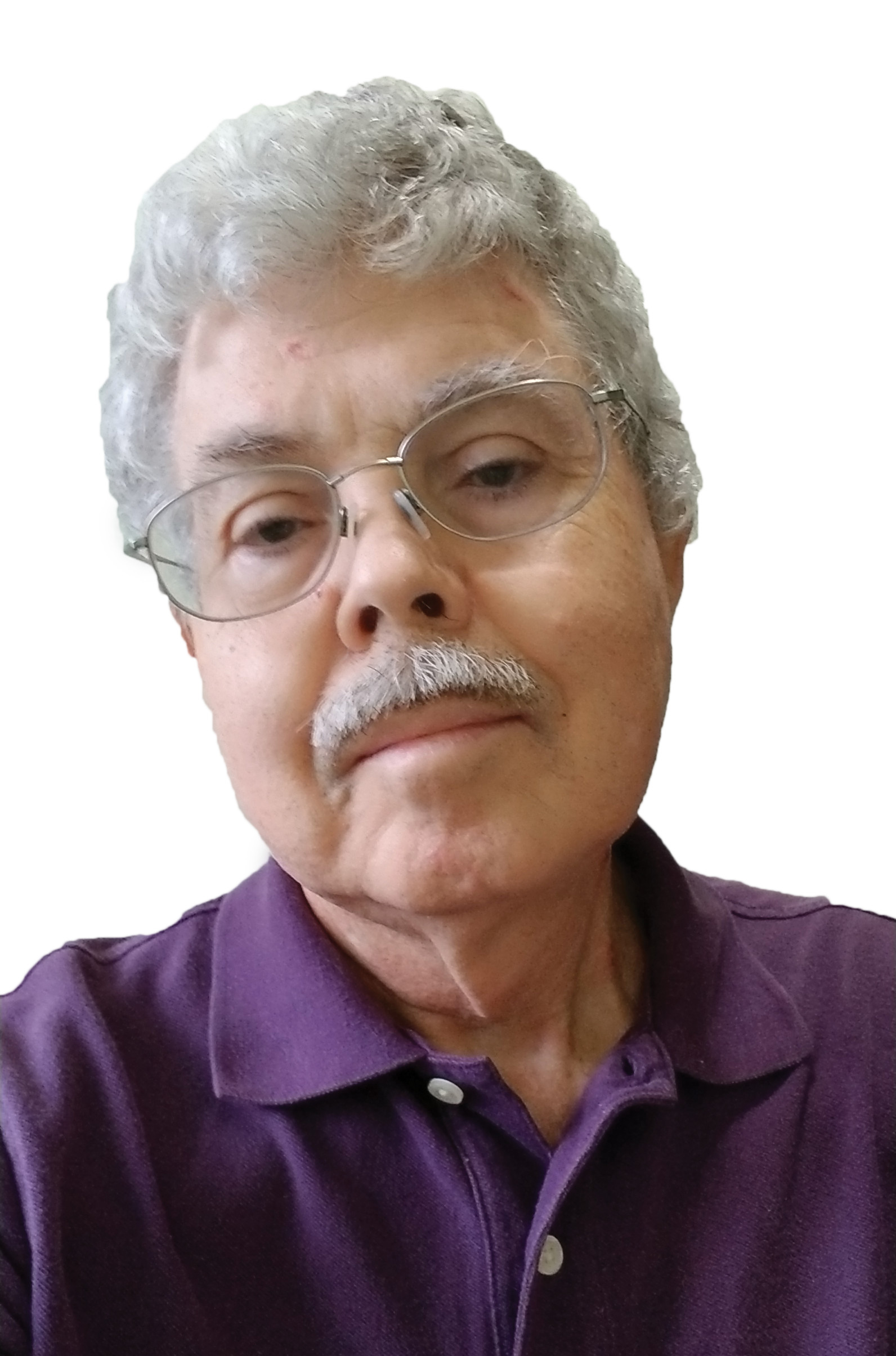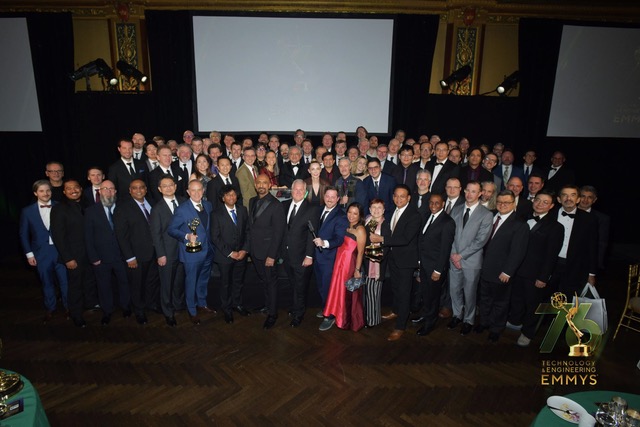RF Shorts for Feb. 10, 2014
PBS Features 1 World Trade Center in Skyscraper Documentary
PBS has begun a new series called "Super Skyscrapers," with the first program featuring One World Trade Center. The documentary describes the engineering behind the skyscraper's design and how the iron workers handled the challenges in building a structure designed that could withstand the both forces of nature and terrorist attack.
One interesting item was the discussion of the wind vortex around the structure and its impact on its design. An animation showed that if the spire were clad in a radome as originally proposed, at certain wind speeds the spire would have swayed violently, weakening the structure. This extreme swaying would have also had a major impact on the coverage from any UHF television stations broadcasting from 1 WTC due to the depression angle of main beam of the elevation pattern changing as the spire moved.
More information and video is available at video.pbs.org.
Electronic Design Article Examines MagnaCom's New Modulation Scheme
Earlier this year I reported on MagnaCom's new modulation method but wasn't able to figure out how it worked from the company's press release and patents. I was glad to see I wasn't the only one who didn't understand it.
Lou Frenzel, in a posting on ElectronicDesign.com, asks, A Modulation Method. Really? He begins: "New modulation schemes don’t come along very often. In fact, it has been years…decades really…. since any new modulation method has been invented. Remember there are only three basic ways a carrier can be modulated: by varying the amplitude, frequency or phase, or some combination of those. Most of the useful combinations have already been discovered and either ignored or adopted. Anyway, along comes a new company MagnaCom with a new modulation method called WAve Modulation (WAM). You won’t find it any textbook and the company won’t reveal any details on how it works.
"Even after a long briefing with the company, I still don’t know how it works," he said. "I keep wondering what a WAM signal looks like on a spectrum analyzer."
Frenzel won't tell you how WAM works, but his article outlines the amazing claimed benefits and their potential impact.
Comments and RF related news items are welcome. Email me at dlung@transmitter.com.
The professional video industry's #1 source for news, trends and product and tech information. Sign up below.

Doug Lung is one of America's foremost authorities on broadcast RF technology. As vice president of Broadcast Technology for NBCUniversal Local, H. Douglas Lung leads NBC and Telemundo-owned stations’ RF and transmission affairs, including microwave, radars, satellite uplinks, and FCC technical filings. Beginning his career in 1976 at KSCI in Los Angeles, Lung has nearly 50 years of experience in broadcast television engineering. Beginning in 1985, he led the engineering department for what was to become the Telemundo network and station group, assisting in the design, construction and installation of the company’s broadcast and cable facilities. Other projects include work on the launch of Hawaii’s first UHF TV station, the rollout and testing of the ATSC mobile-handheld standard, and software development related to the incentive auction TV spectrum repack. A longtime columnist for TV Technology, Doug is also a regular contributor to IEEE Broadcast Technology. He is the recipient of the 2023 NAB Television Engineering Award. He also received a Tech Leadership Award from TV Tech publisher Future plc in 2021 and is a member of the IEEE Broadcast Technology Society and the Society of Broadcast Engineers.
